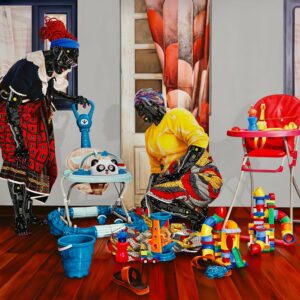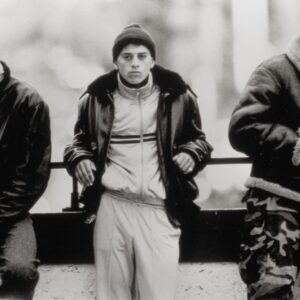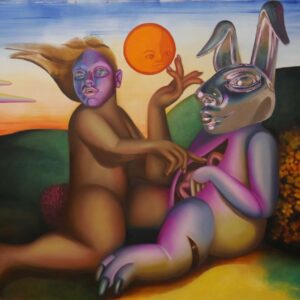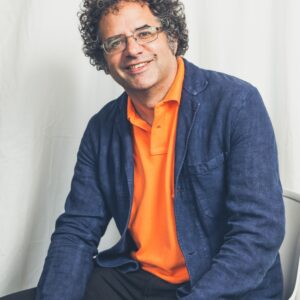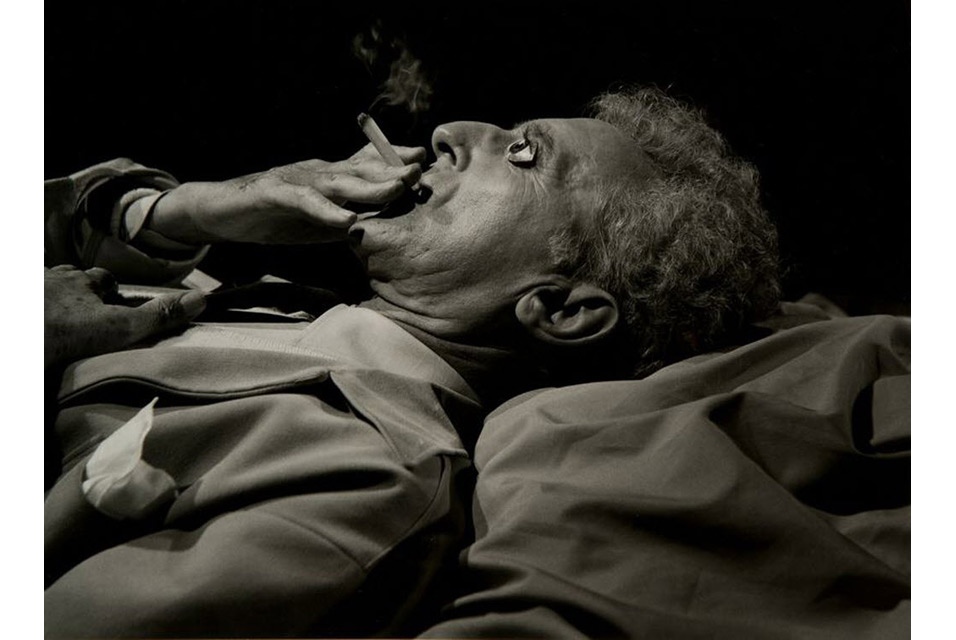
Jean Cocteau is seen in his film “Le Testament d’Orphee” (1959) in this undated handout photo released to the media on March 15, 2013. The photograph is on view at the Maison Rouge through May 19. Source: Maison Rouge
La maison rouge is presenting, through May 19th 2013, Under Influences, a major exhibition which addresses the relationship between artists and psychotropics. Since the dawn of time, or rather of humanity, artists have crossed the path of psychoactive substances, plants, mushrooms and various concoctions. These encounters have led to stupefaction, intoxication, dependence, mystical insights, relief, death, even epiphany. Artists, who are constantly in search of doors to creation, passageways, catalysts, transgressions, stimuli and ways to penetrate figments of the mind, were all but compelled to try out their effects. Leaving moral judgement, socio-judicial standpoints, psychological interpretations and preconceived aesthetic choices aside, the exhibition proposes (necessarily non-exhaustive) examples of the interrelations between creative processes and the use of psychodynamic substances.
The most readily accessible illustration is the visual representation of substances or their use.
Such images are heavily dependent on prevailing morals, and the balance of power between transgressive experiences and legislation. Consequently, the works can be viewed on a range of levels, from historic document to art. Included are psychedelic posters for American concerts, advertisements, and a selection of books and other publications on the theme.
A second aspect includes works which, intentionally or unintentionally, have a near psychotropic effect on the viewer (installations, environments, psycho-sensorial devices). The third corpus, and the core of the subject, comprises works produced deliberately under or concomitant to the use of psychoactive substances: drug-users producing visual art or artists experimenting with thought modifiers for creative purposes.
Films and videos are an important part of the exhibition as, by accounting for time in plastic expression, they make possible original attempts to transcribe and document altered thoughts and perceptions. Certain artists have used psychotropic substances old and new to tripwire creativity and chart journeys into “madness” which in certain cases have proved uncontrollable or a source of suffering. Translating these experiences into the aesthetic realm, as presented here, will enable each individual to realise the constant complexity of their effects.
